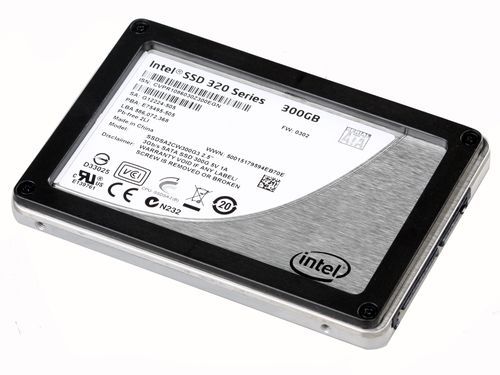 On March 30th, 2011, Intel released news that the needs of consumers, corporate IT departments, and computer enthusiasts have greatly surpassed the performance that traditional hard disk products can provide. Therefore, according to the trend of consumer demand, SSDs will eventually become products. Mainstream.
On March 30th, 2011, Intel released news that the needs of consumers, corporate IT departments, and computer enthusiasts have greatly surpassed the performance that traditional hard disk products can provide. Therefore, according to the trend of consumer demand, SSDs will eventually become products. Mainstream. Yesterday Intel recently released its third-generation Solid State Drive (SSD), a new series of new products using 25-nanometer (nm) process NAND, enabling it to cut more in wafers of the same size. The NAND flash memory chips, in turn, have a cost advantage. Therefore, the third-generation SSD makes the selling price about 30% lower than that of the second generation and has better performance. This also seems to confirm that the SSD will become the mainstream of the prediction, because the only barrier to the current price of SSDs is the price left.
According to US Internet retailer Newegg. Bernard Luthi, vice president of marketing for com website management and customer service, said solid-state drives are a hot trend in the computing market. At present, SSDs have gradually become mainstream in such markets.
According to Intel, SSDs are not only crash-resistant and power-saving, but also break through the performance bottleneck of traditional hard disk drives (HDDs). They can speed up the operating speeds of computer startup, open files, and favorite applications. Users use traditional hard disks. Upgrading to a solid-state drive can achieve significant performance gains, and the overall system's response speed can be increased by 66%.
Due to the new process technology, the performance of the third-generation highest-capacity SSDs can be twice as high as that of the second-generation products, that is, a sequential write speed of 220 million times per second (MB/s), and the highest 270 million sequential reading speeds can greatly increase the user's ability to multitask.
In addition, Intel's third-generation architecture uses patented firmware and controllers, and uses spare space for backup functions. Even if the power supply is interrupted, users' data can be fully protected. The new generation also includes 128-bit advanced encryption standards. Encryption Standard) is also better for security.